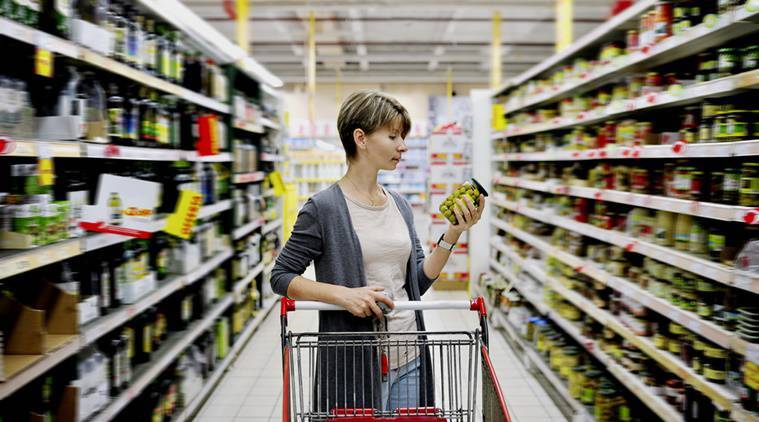Simple tips to identify adulterated and fake food items
- Gayatri
- Monday | 26th October, 2020

One must also be vigilant while using food items. Beware of inconsistency in texture, smell, and colour of the product. These are indicators if the product is fake or an original. A responsible-reputed brand would never compromise on quality.
Incidents of food fraud, which are not unheard of, usually increase during the festive season. It is hard to quantify the economic or public health impact of food fraud, but it is clearly becoming a huge threat to general well-being and health. With an estimated 600 million cases of foodborne diseases annually – almost 1 in 10 people in the world fall ill after eating contaminated food.
Globally the annual estimated cost of food fraud is $30 billion to $40 billion, which could easily be an underestimation. While seizure data is anecdotal and may only reflect crime prevention tactics, an overwhelming set of incidents and case studies indicates that food fraud is a growing trend.
As per findings, in India, the Food regulator (FSSAI) analyses a total of 1,06,459 samples across the country and finds over 15.8 per cent food samples as sub-standard, 3.7 per cent unsafe, and nine per cent mislabeled during the year 2018-19.
Below are some tips one should follow while buying and using packed food items.
Opt for an authorised vendor and be sure to take the bill: Try to buy only from authorised retail shops, as it is expected that they keep genuine products. Do not fall prey to online delivery of advertisements from new or unknown platforms. Always insist for a proper bill. Bill helps in proving responsibility in case the seller sells you a falsified item.
Beware of fake websites: While using online delivery system do not fall prey to attractive prices and discounts. Go online to re-verify the website and make sure it is authentic and trustworthy. Fake online shopping websites will sell you fake products or cheat you for your money.
Check nutrition label: Always read the nutrition label carefully. Checking for nutrition facts on the label reflects our greater understanding of links between diet and chronic disease. Nutrition labels can help in identifying fakes from originals. Fake items usually have some ingredients listed which are not actually in the original supplements.
Do your research about the nutritional supplements and what ingredients they use. If something is extra in it or if something is missing, then the supplement is a fake. You can also download ‘Smart Consumer App’ launched by the Consumer Ministry and FSSAI to help customers to get accurate information about packaged food items.
Packaging – the secret is in the details: Pay close attention to the packaging while buying a product. Counterfeiters can produce a close copy, but they mostly cannot perfect it. Most often there are visible differences in the logo, size, and colours used in the packaging. Many packed food items have anti-counterfeiting solutions such as security holograms or special packaging features, SMS verification, QR code or a scratch code and guidance for product authentication.
Check the manufacturing and expiry date: While buying something always check the manufacturing and expiry date. If the date seems to be way too long ago, then that is likely a recycled item.
One must also be vigilant while using food items. Beware of inconsistency in texture, smell, and colour of the product. These are indicators if the product is fake or an original. A responsible-reputed brand would never compromise on quality.

If You Like This Story, Support NYOOOZ
Your support to NYOOOZ will help us to continue create and publish news for and from smaller cities, which also need equal voice as much as citizens living in bigger cities have through mainstream media organizations.


.png)
1.png)
.png)
.png)





